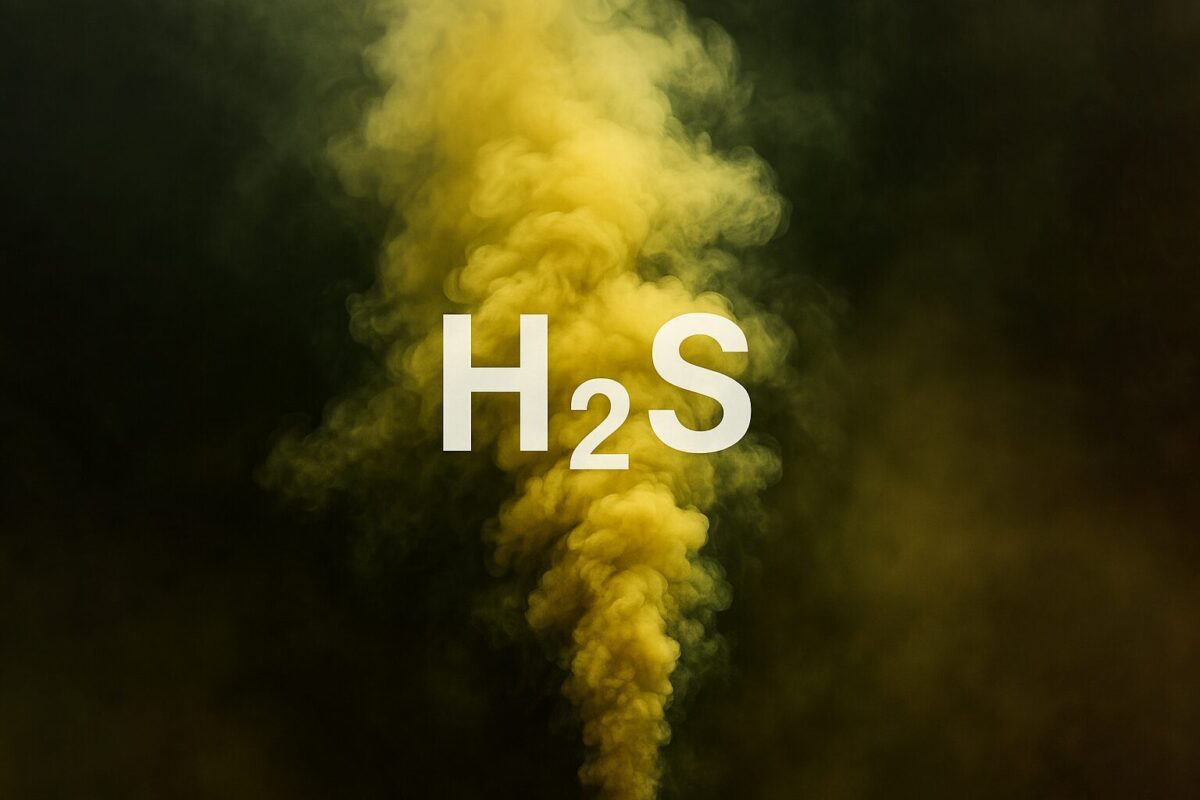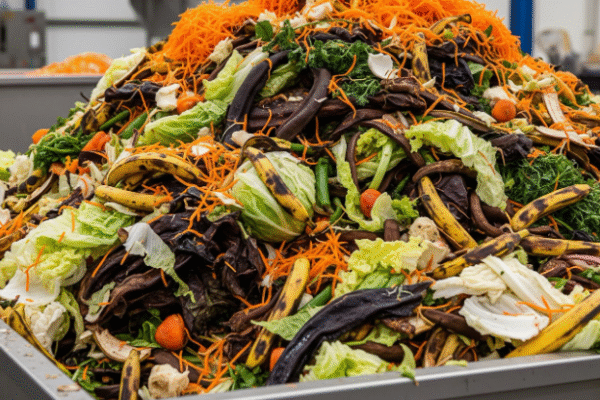We’re not just aware of the H₂S problem – we’ve developed and tested a Full-Scale , biochar-based solution called CreChar that’s helping AD operators across the UK, improve biogas output, biogas quality, reduce costs and reduce carbon emissions.
In this article, we’ll break down:
- Why H₂S forms in AD systems
- What factors influence its levels
- The dangers it presents
- How it’s measured
- And what you can do about it – including how our product, CreChar, plays a role
What Causes Hydrogen Sulphide in AD?
H₂S is produced when sulphate-reducing bacteria break down sulphur-containing compounds in the feedstock. These are commonly found in:
- Food waste (particularly protein-rich material)
- Manures and slurries
- Sewage sludge
- Certain energy crops
When sulphates are present and conditions are anaerobic (as they are in digesters), H₂S is an almost inevitable by-product.
What Exacerbates H₂S Levels?
Several operational and feedstock factors can worsen H₂S production:
- High sulphate content in feedstocks (especially protein-heavy material)
- Low pH, which can favour sulphate-reducing over methanogenic bacteria
- Long retention times, giving sulphate reducers more time to work
- Lack of micronutrients or trace metals, which help maintain a healthy microbial balance
Even minor imbalances in your digester’s ecosystem can result in spikes in H₂S, especially when feedstock quality fluctuates.
Why H₂S Is a Problem
H₂S may be invisible, but its impact is significant:
Corrosive
It reacts with moisture to form sulphuric acid, attacking gas engines, pipes, valves, and storage vessels – leading to costly repairs and system downtime.
Toxic
Even at low concentrations, H₂S is harmful to human health, requiring proper gas handling and detection systems.
Compliance Risk
Exceeding emission thresholds or failing to properly desulphurise gas can lead to regulatory penalties or breach of CHP contracts.
How Is H₂S Monitored?
AD operators typically monitor H₂S using:
- Gas sensors
- Sample analysis with gas chromatography or electrochemical detectors
- SCADA systems that alert operators to sudden increases
Best practice involves continuous monitoring of biogas to ensure that H₂S levels stay within safe and manageable limits – often under 250 ppm for CHP engine compatibility.
How Is H₂S Managed or Reduced?
There are two main approaches to H₂S control:
Prevention at Source
- Feedstock management (reduce sulphate-rich inputs)
- Adding iron salts (e.g., ferric chloride) to bind sulphides
- Optimising digester conditions (e.g., pH, temperature, trace elements)
Post-Production Removal
- Biological filters
- Activated carbon filters
- Chemical scrubbing units
These solutions vary in cost, efficiency, and operational complexity.
CreChar: A Biochar-Based Tool that can Reduce H₂S
This is where CreChar comes in. Developed by Carbogenics, CreChar is a specialist biochar made from pyrolysis of secondary biomass – and it’s been extensively tested for use in AD environments.
CreChar:
- Adsorbs H₂S due to its porous structure and high surface area
- Helps stabilise pH, indirectly supporting methanogenic bacteria
- Offers a support medium for beneficial microbial communities
- Is produced from secondary biomass that would be incinerated or put to landfill. By using this to create CreChar this supports circular economy principles.
In trials, CreChar has shown promising results in reducing H₂S concentrations, alongside other benefits like improved biogas yield and digester stability. CreChar can be thrown directly into the hopper inside its recyclable paper packaging, making it an easy to use and convenient solution.
Discover Our Case Studies:
For further information on Crechar® and other services from Carbogenics please contact:
Lidia Krzynowek: (COO and Co-Founder)
lidia.krzynowek@carbogenics.com




